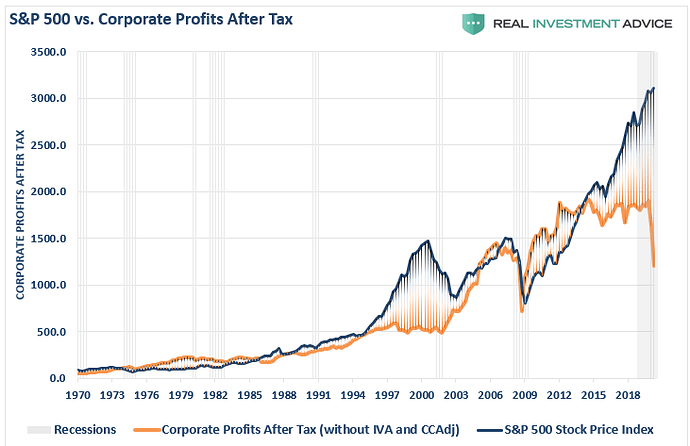Here is my limited understanding of the finance industry.
An ocean is not homogeneous and there are several strata in it and different marine ecosystems have adapted to the strata in which they exist. Likewise, the finance industry comprises of different marine life - the public sector banks, the private sector banks, the NBFCs, the small finance banks, even the moneylenders etc. They all operate in different strata and niches.
HDFC Bank has a cost of capital of 5% (approx) while say Manappuram has cost of capital of close to 10%. So HDFC Bank can easily wipe out Manappuram by offering gold loans at say 9.5%, right? Yet, it has not been able to do that. Why? Because HDFC Bank can very efficiently and profitably lend larger sums of money whereas Manappuram can very efficiently and profitably lend smaller sums of money. And both coexist. If they tried to do what the other is doing, they would lose efficiency or profitability or both.
Coming to IDFC First Bank. It’s cost of capital is much higher than say ICICI Bank, HDFC Bank etc. By offering 7% on its savings bank account, it is actually able to raise capital and bring down its overall cost of capital (~8 to 9%). And it is lending to a segment, where the bigger banks find it difficult to lend efficiently somewhere in the range of 12 to 15%.
So what are these segments? According to the company these are the MSMEs. It could be a small gym, small grocery store, men’s salon etc. These could be small ticket size but large volume kind of transactions. As a parallel, you may want to read this article to know on how Gruh Finance developed an algorithm to lend profitably to even undocumented dhobis and one of the qualitative lending criteria they used was the reputation and reliability of the dhobi! A large PSB with a lower cost of funds would find it hard to do what a Gruh can do.
Regarding IDFC First Bank lending to individuals for purchases of say TVs, mobile phones - please see this article on how Bajaj Finance makes an IRR of 25% via subvention.
Since IDFC First Bank, does not have concalls and detailed research reports on the company’s credit evaluation, lending, recovery practices, sources of operating leverage etc, we have to rely on the management and some limited channel checks.



 The Profit after Tax for Q1 FY21 is reported at Rs. 94 crore as compared to Loss of Rs. 617 crore for Q1 FY20.
The Profit after Tax for Q1 FY21 is reported at Rs. 94 crore as compared to Loss of Rs. 617 crore for Q1 FY20.